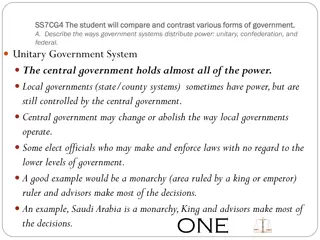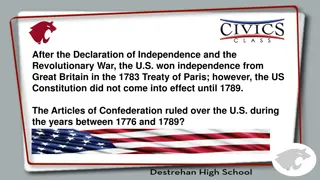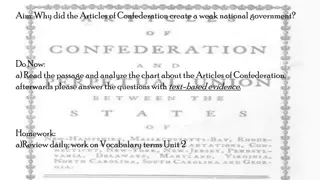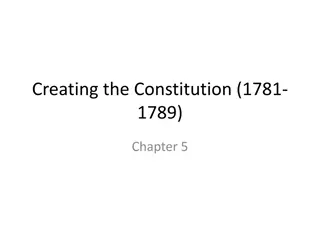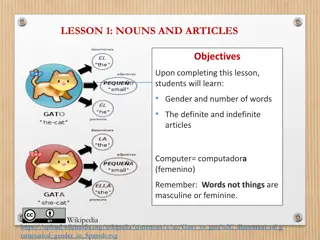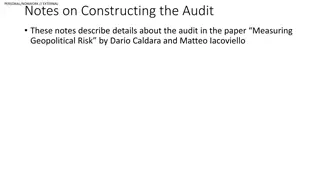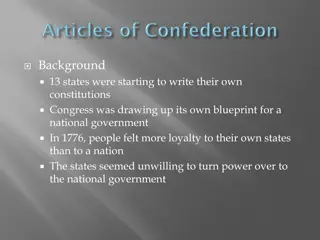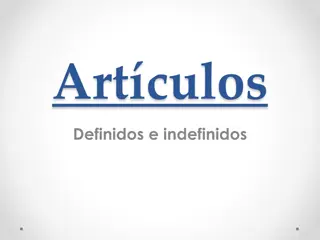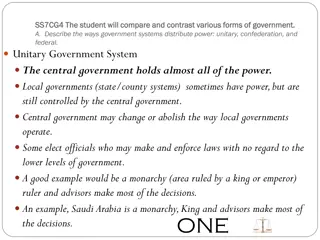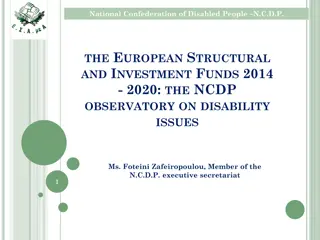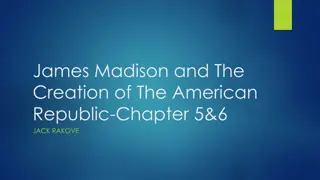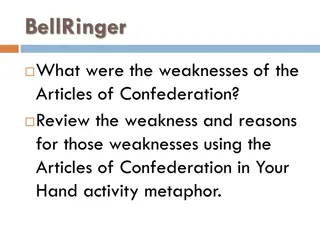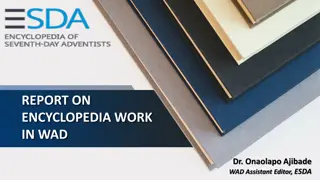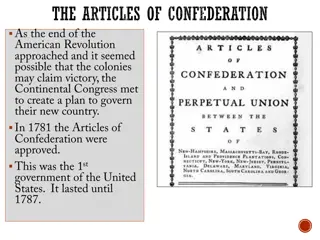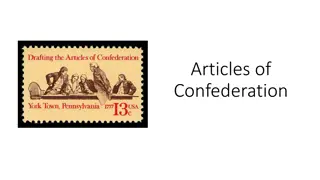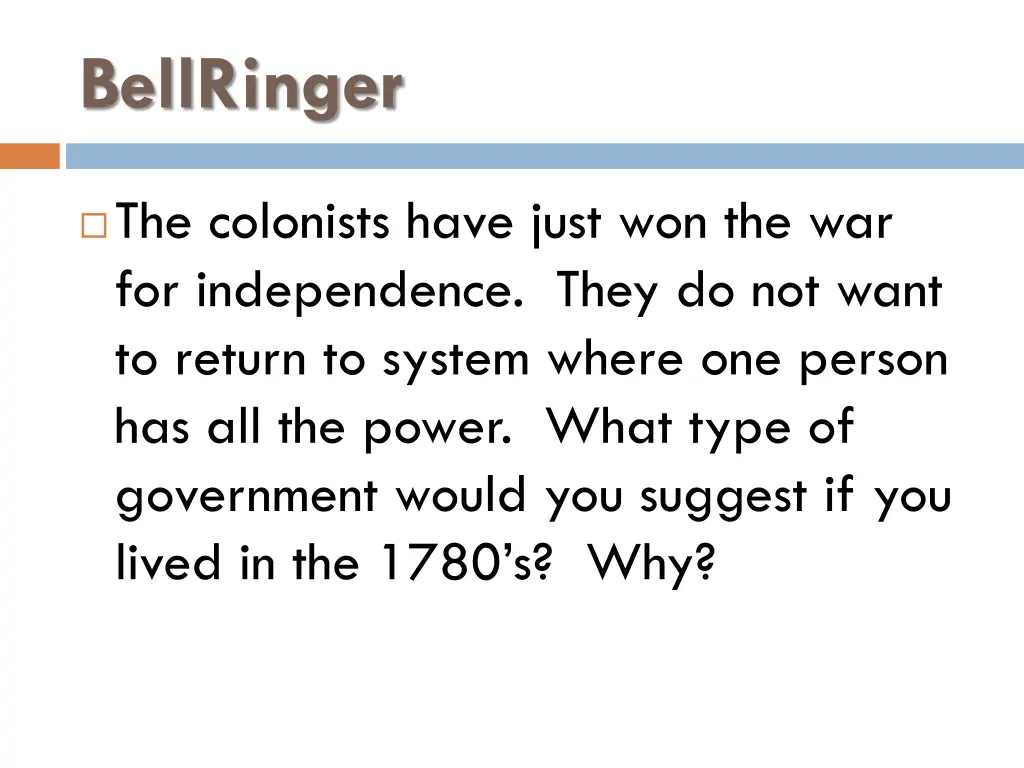
Evolution of American Government Post-Revolution: Articles of Confederation
Discover how the American colonists, after winning independence, sought to avoid concentrated power by forming a decentralized government with the Articles of Confederation in the 1780s. This system aimed to distribute authority among states, limit central governance, and emphasize a republican structure with elected representatives.
Download Presentation

Please find below an Image/Link to download the presentation.
The content on the website is provided AS IS for your information and personal use only. It may not be sold, licensed, or shared on other websites without obtaining consent from the author. If you encounter any issues during the download, it is possible that the publisher has removed the file from their server.
You are allowed to download the files provided on this website for personal or commercial use, subject to the condition that they are used lawfully. All files are the property of their respective owners.
The content on the website is provided AS IS for your information and personal use only. It may not be sold, licensed, or shared on other websites without obtaining consent from the author.
E N D
Presentation Transcript
BellRinger The colonists have just won the war for independence. They do not want to return to system where one person has all the power. What type of government would you suggest if you lived in the 1780 s? Why?
THE ARTICLES OF CONFEDERATION
Thirteen Independent States Needed to establish their own government & gain Britain s respect British believed the new government was weak & ineffective States organized their gov ts & adopted their own state constitutions Writers wanted to prevent abuses of power; keep power in the hands of the people State constitutions limited the power of the governor; avoid giving one ruler too much power
One Branch of Government States divided functions between the governor & the legislature Legislature-most powerful; limited powers of the governor Legislatures were popularly elected; elections were frequent
Forming a Republic Americans agreed that the country should be a republic (gov t with elected representatives) Could not agree on was the origin & powers of the new republic Americans favored a weak central gov t; states function independently except for the power to wage war & handle relations with other countries
Articles Adopted 1777-the Articles of Confederation were adopted to provide for a central government Country needed a central government to fight the war against Britain America s first constitution States gave up little of their power; kept its sovereignty, freedom, and independence
Govt Under the Articles Gov t had the authority to: conduct foreign affairs maintain armed forces borrow money issue currency Gov t did not have the authority to: regulate trade force citizens to join the army impose taxes Congress needed to ask state legislatures to raise money & provide troops
Govt Cont. Gov t did not have a chief executive Each state had one vote in Congress States argued about whether or not they claimed land in the West Maryland refused to ratify the Articles of Confederation until states abandoned their land claims March 1, 1781-all 13 states approved the Articles Formally became the gov t of the U.S.
Weaknesses of the Articles Confederation gov t had its weaknesses, but won Americans their independence, expanded foreign trade, & provided for new states in the West Had limited authority Could not pass a law unless nine states voted for it All 13 states had to give consent to change the Articles Difficult for Congress to pass laws when there was any opposition


